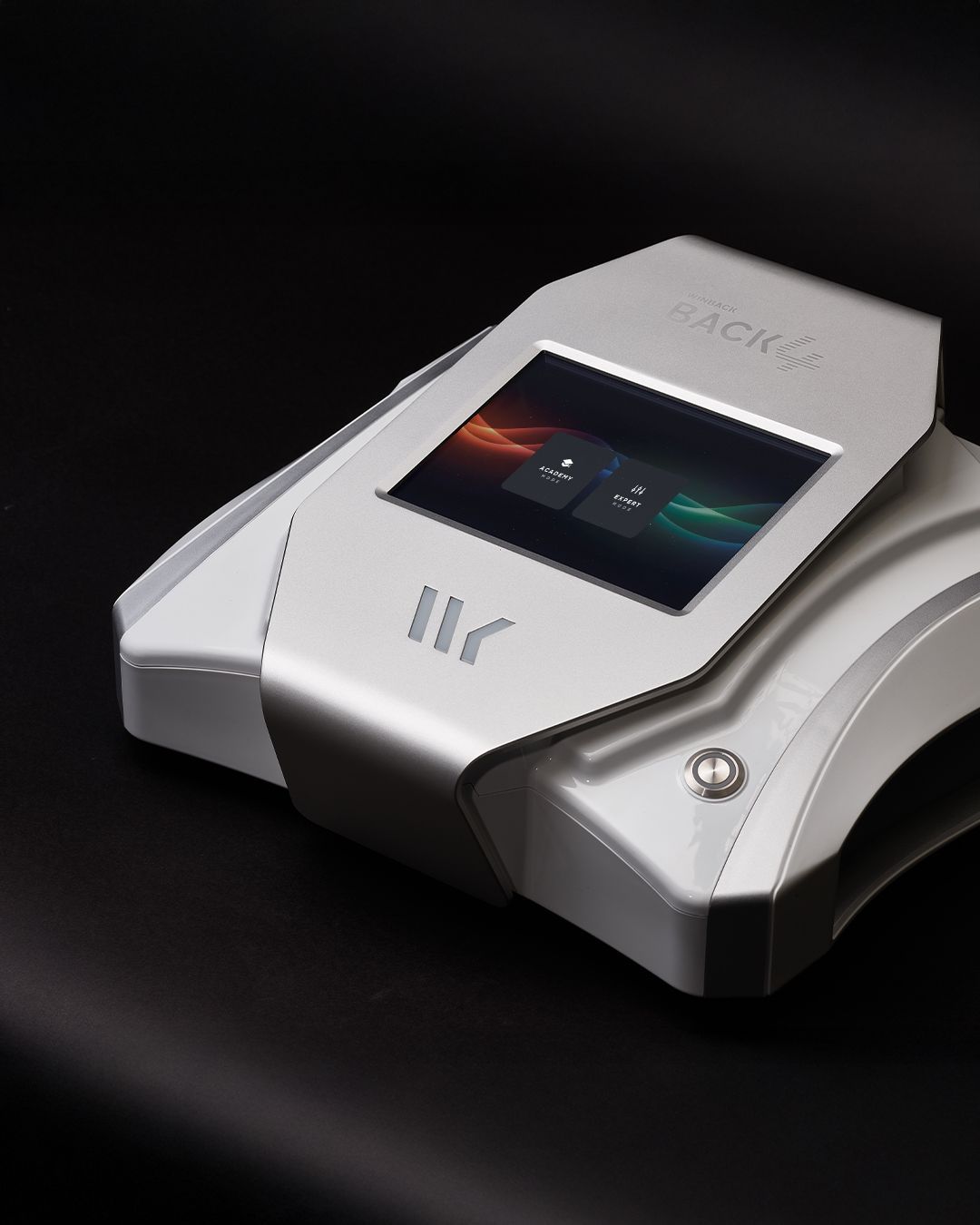Muscle memory isn’t about muscles remembering anything — it’s the brain, nervous system, and muscular system working together to hardwire specific movement patterns. Whether it’s a sprinter’s explosive stride or a tennis player’s serve, athletes rely on neuromuscular coordination that’s practiced, repeated, and refined. What most people don’t realise is how manual therapy, particularly sports massage, plays a critical role in this retention process.
At Muscle Therapy By Tom, athletes in Slough—ranging from youth footballers to adult CrossFit competitors—use regular massage to reinforce body awareness, eliminate neuromuscular disruptions, and accelerate skill consolidation.
Neuromuscular Reconnection: The Foundation of Muscle Memory
Muscle memory is built on repetition and clarity of signal. The nervous system sends electrical messages to muscles to perform tasks—whether lifting, sprinting, or balancing. If fascia is restricted, trigger points are active, or joints aren’t gliding well, those signals become disrupted. That’s when movement breaks down or compensations develop.
Massage re-establishes clean communication between brain and body by:
Reducing muscular adhesions that interfere with fluid movement
Improving proprioceptive feedback to enhance spatial awareness
Calming overactive nervous system patterns that lead to tension-driven habits
For skill retention, this matters. An athlete repeating a movement with tension, imbalance, or restriction may be reinforcing the wrong pattern. Skilled soft tissue work resets this process.
Why Precision Massage Improves Repetitive Skill Training
At Muscle Therapy By Tom, sessions for athletes aren’t random routines—they’re targeted interventions based on sport-specific movement patterns. A boxer’s shoulder mechanics need different neuromuscular support than a gymnast’s hip control. The goal is to remove resistance from the movement loop.
Massage supports skill retention by:
Increasing range of motion without forcing stretch
Greater freedom leads to smoother technique and easier execution.Decreasing compensatory recruitment
Athletes stop relying on the wrong muscles to perform tasks, allowing the correct ones to take over.Encouraging symmetry
Bilateral balance is critical in any skill-based sport. Massage addresses left-right discrepancies affecting performance memory.
The repetition athletes rely on becomes more efficient when the soft tissue is clear and responsive.
Facilitating Motor Control and Stability Through Touch
Massage doesn’t just relax—it stimulates sensory receptors in the fascia and skin that feed information back to the brain. This input is critical for joint stability, fine motor control, and timing—all of which influence how skills are performed and remembered.
Regular massage has been shown to:
Boost kinaesthetic awareness
Essential for athletes like dancers, climbers, and martial artists.Promote better reflex activation
Especially in fast-twitch athletes like sprinters or goalkeepers.Support posture correction
Alignment influences every movement—massage helps bring the body back to optimal setup.
At Muscle Therapy By Tom, many athletes report improved balance and timing in their sport immediately following neuromuscular work, particularly when combined with warm-up drills.
Recovery Enhances Learning
When recovery is poor, the brain struggles to consolidate physical skills. Fatigue, tension, and inflammation affect not just the body’s recovery—but also its learning capacity. Massage aids the consolidation phase of motor learning by:
Regulating cortisol levels
High stress inhibits skill retention. Massage supports parasympathetic dominance.Improving sleep quality
Sleep is where the brain “locks in” learned skills—massage contributes to deeper, restorative sleep.Reducing inflammation
Less soreness equals better quality repetitions the next day.
For high-performing athletes in Slough, Tom often recommends strategic post-training massage to help the nervous system and muscles fully absorb the previous session’s drills.
Massage as a Feedback System for Coaches and Athletes
Manual therapy reveals hidden dysfunctions that even an experienced coach might not catch. Tight hip flexors, inhibited glutes, or poor scapular glide are all red flags for faulty motor patterns. These issues compromise skill retention—even if the athlete doesn’t feel pain.
By integrating massage into a training cycle:
Coaches get feedback on readiness and muscular integrity.
Athletes prevent injuries and perform at higher technical precision.
Soft tissue imbalances are corrected before they lead to skill breakdown.
Tom works closely with personal trainers and coaches in The Gym Group Slough to align hands-on treatment with sport-specific development.
Muscle Therapy By Tom: Where Soft Tissue Meets Skill Development
Whether it’s youth athletes learning foundational movement patterns or adult competitors refining elite techniques, massage helps preserve and optimise neuromuscular pathways. Every session with Tom is sport-aware, goal-specific, and strategically timed for the best carryover into performance.
Located inside The Gym Group Slough, Muscle Therapy By Tom is the trusted destination for sports massage that enhances muscle memory, not just mobility.
📍 www.muscletherapybytom.co.uk
📲 Book your neuromuscular therapy session to support long-term performance retention


